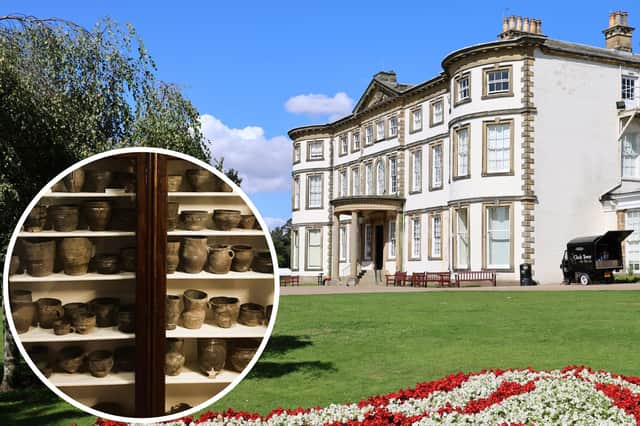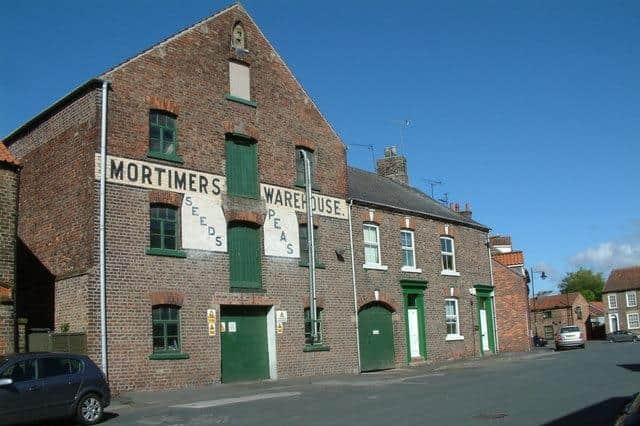New 'absolutely fascinating' exhibition at Bridlington's Sewerby Hall celebrates local archaeologist, author and curator


Mortimer built the first purpose-built museum in the county, to display the finds from his excavations in the area, and opened it in Driffield.
The exhibition looks at his early life and childhood in Fimber, Fridaythorpe and Leavening. He soon became interested in local archaeology, and visited the Great Exhibition at the Crystal Palace in 1851 and also the British Museum, where he realised he was going to devote his life to antiquities and their study and interpretation.
Advertisement
Hide AdAdvertisement
Hide AdMortimer married Matilda Mitchell in 1869 and moved to Driffield, where they rented St John’s Villa, which became home to his collection of archaeological and geological finds. He subsequently opened the first purpose-built museum in the East Riding, in Lockwood Street in Driffield.


In 1863, Mortimer opened a round barrow on land owned by Yarburgh Lloyd Greame of Sewerby House. His work here led to a very detailed book published in 1905 : ‘Forty Years’ Researches in British and Saxon Burial Mounds of East Yorkshire’. The book was the culmination of his life’s work and is still regarded today as the standard reference work for the study of pre-history in East Yorkshire.
After his death, Mortimer’s collection was acquired by Hull Museums, and is now part of Hull and East Riding Museums.
Councillor Nick Coultish, Cabinet member for culture, leisure and tourism, said: “This is an absolutely fascinating exhibition, put together by curator Janice Smith, and is another great reason to visit Sewerby Hall and Gardens over the next few weeks!
Advertisement
Hide AdAdvertisement
Hide Ad"Visitors will certainly get to understand the importance of John Mortimer, and his relevance to this area, and see how he blazed a trail for the way that archaeological finds are still to this day cared for by East Riding Museums.”
The exhibition is to be found in Sewerby Hall, which is currently open at weekends. The gardens, zoo, and café are open daily. The house will also be open daily during the February half term holiday (12-16 February 12-16) and then daily from March 23.
The exhibition runs until April 14.
visit www.sewerbyhall.co.uk for more information.